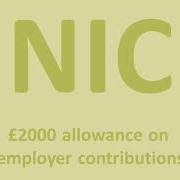Are you paying enough?
From the 1st October 2015 the new National Minimum Wages (NMW) will come into force
With a further increase in April 2016 for over 25’s to £7.20 per hour. The April 2016 wage will be called the Living Wage. Penalties for non compliance are already harsh and as reported by the BBC on 1st September 2015 they are getting tougher… These include doubling penalties for non-payment and disqualifying employers from being a company director for up to 15 years. The government also announced plans to double the enforcement budget for non-payment and to set up a new team in HMRC to pursue criminal prosecutions for employers who deliberately do not pay workers the wage they are due. Penalties for non-payment will be doubled, from 100% of arrears owed to 200%, although these will be halved if paid within 14 days. The maximum penalty will remain £20,000 per worker. Are you paying enough? |





